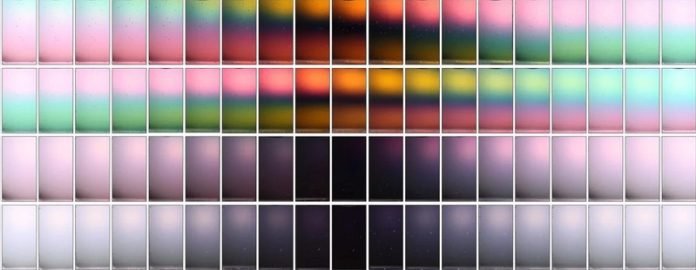
Do you know that some molecules have a twin that’s their mirror image, just like your left and right hands?
Scientists call this property “chirality,” and it’s a pretty cool feature.
These chiral molecules interact with light in unique ways and often, only one form of them naturally exists, like in DNA.
Now, here’s where it gets more interesting. If one of these mirror-image molecules works well as a medicine, its twin might not work at all!
Scientists at the University of California, Riverside have made a breakthrough in creating these mirror-image molecules in the lab.
The team, led by chemistry professor Yadong Yin, discovered that the way a magnetic field spreads out is also chiral – it has this ‘mirror-image’ property.
Previously, creating a chiral molecule in the lab required a template – using an existing chiral molecule to give shape to new ones.
The downside was that this method couldn’t be used for all molecules, and the newly formed mirror-image molecules couldn’t be easily placed in specific locations. This matters if you want to get an optical effect, where the molecule interacts with light in a certain way.
“Our technique overcomes these drawbacks,” said Professor Yin. “We can quickly form these mirror-image structures with materials of any chemical type, from molecules to tiny structures called nanoparticles.”
The team used magnets that rotate consistently in space to create these mirror-image structures. They incorporated different materials like metals, polymers, and dyes into magnetic nanoparticles to give the mirror-image property to molecules that didn’t have it.
So, why is this important? These mirror-image molecules interact with light in a particular way, and this is especially noticeable with polarized light (where light waves vibrate in one direction). This is the type of light that reduces glare in your sunglasses.
“If we change the magnetic field that makes a material’s mirror-image structure, we can change the colors we see through polarized lenses,” explained Professor Yin. “This color change is instant, and we can even make the mirror-image property disappear instantly, allowing for quick adjustments.”
This finding can have cool applications like anti-counterfeit technology. Imagine a pattern that shows an item is genuine, but you can only see it through polarized lenses. It could also be used in sensors and advanced electronic devices that use light.
“One exciting use is to rapidly detect molecules linked to certain diseases like cancer and viral infections,” said Zhiwei Li, the study’s first author.
This work is a big leap in understanding and manipulating the world at a molecular level, and who knows what other cool applications will come out of it in the future?
Source: UC Riverside.



